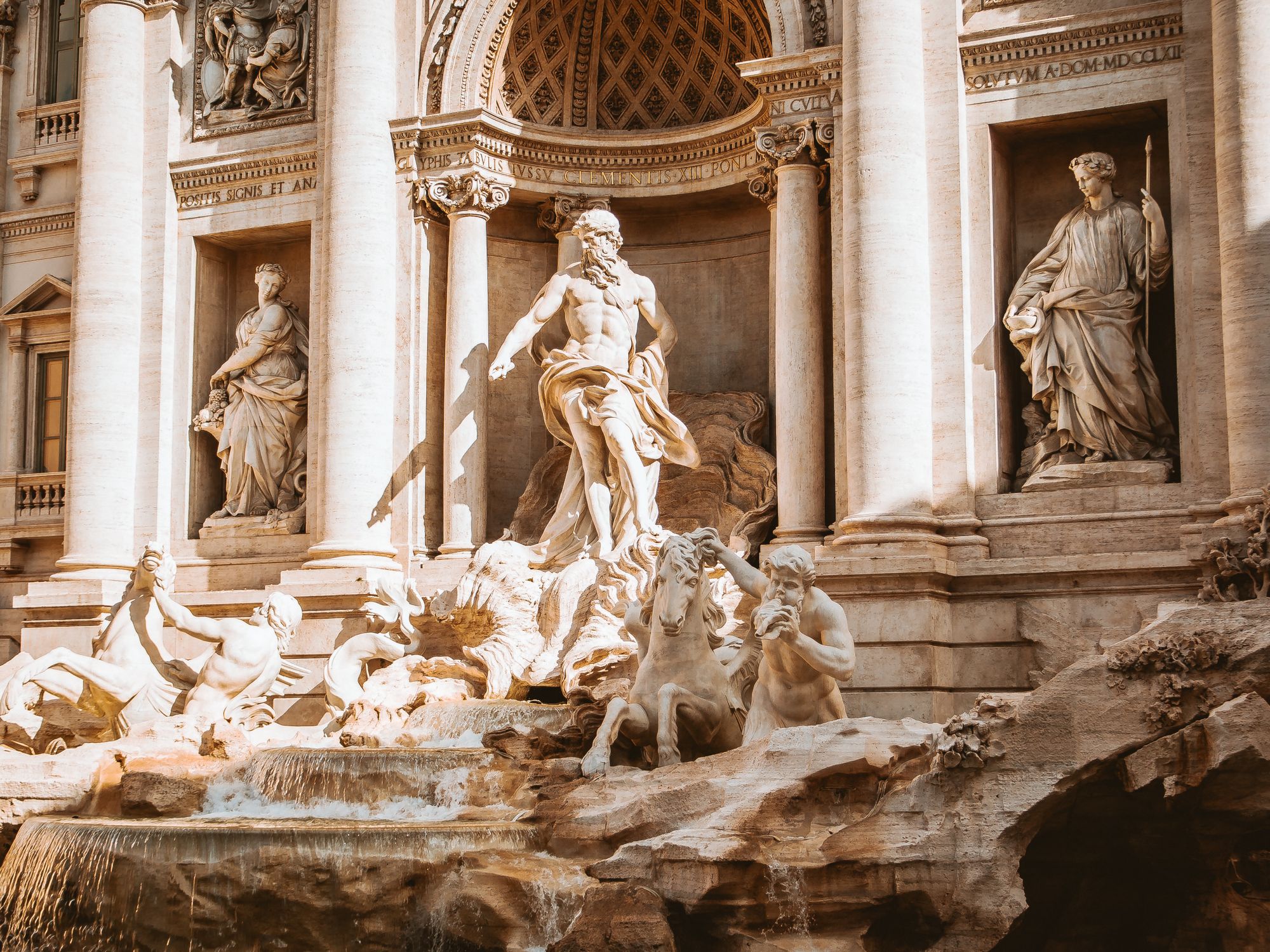
Art Investing Beyond Traditional Oil Paintings
You’ve long appreciated art as something beautiful. But as a savvy investor, you’ve also come to appreciate art as an asset class. You’re not alone. 33% of Millennial investors agree that art is an asset that can be used to grow wealth, and they’re changing the fabric of the art world.
There’s just one problem: you’re not the biggest fan of oil paintings.
You’re in luck—there’s a whole wide world of art out there waiting for investors like you. Here’s a look at types of art perfect for art investing in 2021 (beyond oil paintings).
What to Consider Before You Begin in Art Investing
Before you dive in and buy, there are a few things to keep in mind beyond the type of items you purchase.
First, art is unlike any traditional asset class. Like other alternative assets, art tends to be illiquid (except at the blue-chip art level, which is also where you see the highest profit margins). Art is unique in the nature of its illiquidity—it’s easy to buy but hard to sell, since gallerists don’t want to sell something they’ve already sold (especially if they have new work from the same artist) and top auction houses make a profit on top names (which means they won’t bother with up-and-comers or out-of-favor creatives). Plus, negotiating a sale dredges up any issues with the work that you were happy to overlook when you bought it.
Then there’s the value of the item itself. Like other alternative assets, art can be difficult to value because you can’t compare a Van Gogh to a Vermeer—every artwork is unique. Art pricing operates on a global consensus machine (in other words, some art is valuable because collectors agree it should be) but pricing is also pulled by invisible forces, namely art that has not, will not, or cannot come to market. The biggest influencer here is museum accessions, which on the one hand drive up an artist’s value (especially big-name museums) but also act as a black hole into which art vanishes never to hit the market again.
In other words, regardless of the type of art, you need experts in your corner, and you have to do your homework. Like any investment, your returns are not guaranteed. Unlike other investments, you have to pay careful attention to demand and critically assess the resale potential of any work you purchase.
Types of Art to Invest In (Other Than Oil Paintings)
With that in mind, here are a few types of art to invest in—other than oil paintings—as well as a few things you should keep in mind before you purchase.
Sculpture
Who says you’re limited to a canvas on a wall? For those who want art with a three-dimensional presence, sculpture can be an exciting investment.
In the European sculptural style, there are six types of sculpture:
- Relief
- Freestanding
- Carved
- Modeling
- Assembled
- Cast
However, keep in mind that there’s literally a world of sculpture out there—don’t be afraid to branch into other cultures for exciting new ideas.
The biggest challenge with sculpture is the resale. On one hand, the materials used to make a sculpture can drive its value, and the craftsmanship is on display in a different way than a painting. On the other hand, the market for sculpture is smaller than other types of art, largely because the size and dimensions of any given sculpture affect how and where the owner can display it.
When it comes time to sell a sculpture, you should already have a network in place to connect you with other sculpture enthusiasts and get the sale in motion.
Prints/Photographs
Want a dose of realism in your art that paintings can’t provide? Bring some photography into your collection.
Oh, and if anyone says photography is just a point-and-shoot, we challenge you to introduce them to the world of stunning photography on the market today. Like the mesmerizing underwater photography of Christy Lee Rogers, whose billowy, angelic figures invite comparisons to High Renaissance drama of the Sistine Chapel.
Rogers illustrates what photography fans know well—much like a painter, a gifted photographer is only limited by their imagination. Everything in an image, from light to textures to exposure to print medium, contributes to the artwork’s statement.
The nice thing about photography is that it’s as easy to display as paintings and almost as popular, which means you have a hearty buying market.
Sketches and Drawings
For many art lovers, part of the joy of an artwork is seeing the work of the artist’s hands on display. You can see the strokes and the fine details and the work that went into transforming a blank sheet of paper into an arresting image.
If that sounds like you, it might be worth investigating sketches.
Part of the joy of drawing is that there are so many different materials and styles to choose from. Whether it’s pencils, charcoal, ink, or any combination thereof, the artist’s options are endless, and your options as an investor are equally broad and exciting.
The biggest challenge of sketches and drawings is the medium. Part of the reason why oil paintings can demand so much money, even the ones that aren’t that good, is the simple fact that oil paint is expensive. Charcoal, pencils, pens, and other drawing mediums can be pricey at the high end, but not as much as oil paint. Part of your challenge, as an investor, is finding work by a valuable artist that shows such craftsmanship (and sends such strong quality signals to the consensus machine) that it can demand a high price tag upon resale.